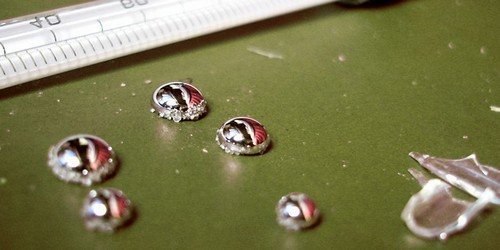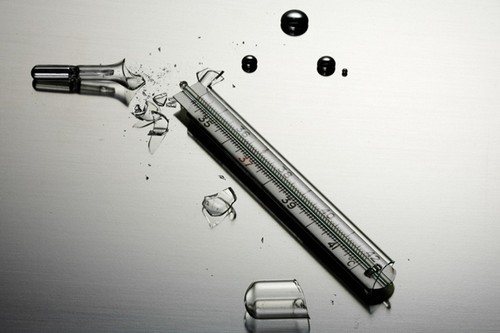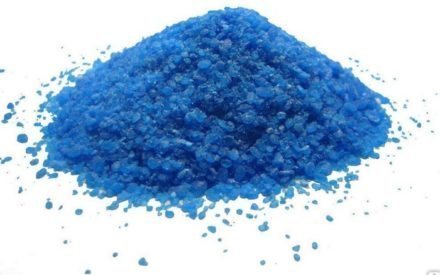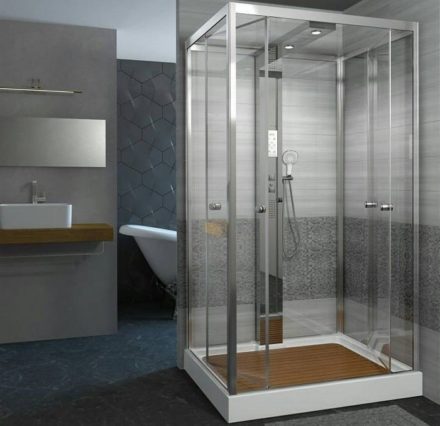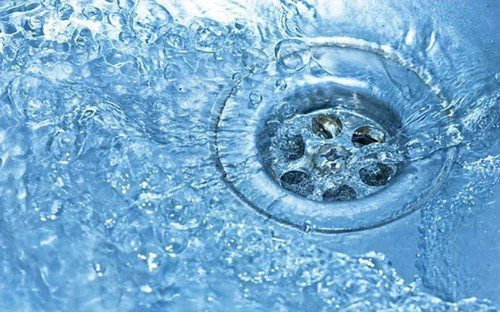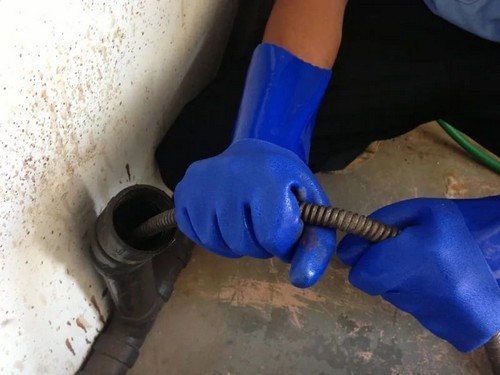People come into contact with mercury every day, because it is contained in fluorescent lamps, thermometers, refrigerators, and other household appliances. But what to do if this metal gets on open surfaces? Then it needs to be assembled quickly and competently, because time delays can be very expensive. To do this, it is necessary to carry out demercurization.
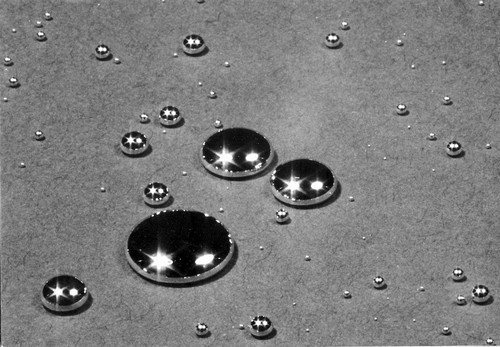
What kind of metal is this, its effect on the human body
Metallic mercury is the only heavy metal that is not excreted from the human body. It accumulates in the kidneys and liver and leads to cancer. Metallic mercury poisoning is not as strong as exposure to its vapors. The vapors are very toxic, quickly absorbed by the blood, over time, severe brain intoxication begins, deaths are common, and patients can remain disabled for life.
Mercury itself is a very heavy liquid. It has the ability to evaporate at room temperature, but the mass of the ball itself remains virtually unchanged. Even 5 mg of mercury from a regular thermometer can pollute up to 30 cubic meters of air; the vapor concentration is sufficient to cause severe poisoning. The only way to eliminate spilled mercury is to demercurize the room (another name for mercury is mercury).
What is demercurization
This is the process of removing mercury from contaminated surfaces. The technology may vary significantly depending on the level of pollution, volumes of spilled mercury, room size, and wind speed.There are physical and chemical methods of demercurization; only physical methods are practiced at home. During an industrial spill of mercury, sorbents are used that precipitate mercury, reduce its volatility, and speed up the process of cleaning the room. Sorbents are expensive, they are used by specialists, and calls are always paid.
How to do it yourself
To begin with, you need to isolate mercury vapor in a separate room to ensure the protection of other people. Therefore, the demercurization process is divided into two stages: ensuring the safety of others and collecting the spilled metal. To do this you need:
- Remove all people from the premises, close the entrance doors tightly so that there is no draft;
- Open the windows, turn on the air conditioner (if you have one) and cool the room as much as possible. The lower the temperature, the less dangerous poison vapor will spread;
- Cover the spill area with a damp, thick cloth, preferably as tightly as possible. Remove all items that could be splashed with toxic liquid;
- Close the door tightly, seal the cracks with tape, and leave the window open. It is necessary to ventilate the isolated room for at least an hour to reduce the temperature inside and the concentration of vapors.
After emergency work has been carried out to ensure safety and block the spread of vapors through the rooms, you can begin to physically collect the metal.
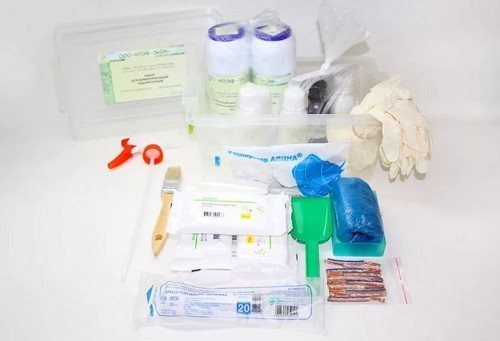
Further actions
After isolating the source of air pollution with mercury vapor, experts do not recommend rushing. Considering that mercury is a liquid, it actively adsorbs dust and dirt onto its surface. As a result, in just a few hours the volatility will decrease significantly.It is advisable to start demercurization one day after the spill, but if the room is residential and there are no other options, then you can start immediately.
Collect mercury:
- Calling specialists. Firefighters, industry specialists, and the sanitary and epidemiological station will help collect mercury. Typically, a few visits, up to 24 hours apart, are enough to completely clean up a mercury spill. This activity is licensed, therefore, you must first check the availability of the necessary permits. The presence of mercury vapor and its concentration is checked with a special device, which is verified annually.
- Carry out demercurization yourself using physical and chemical methods.
Necessary materials and tools for demercurization on your own:
- Special clothing: respirator, overalls;
- A small glass sealed jar for collecting mercury for further neutralization;
- Sealed bags for contaminated clothing;
- A syringe with a thick needle for collecting mercury;
- Cotton wool, bandage or thick tape;
- Gloves;
- Lamp;
- Sorbents (bleach, soda ash, white, potassium permanganate or iodine).
When collecting mercury, it is strictly forbidden to use a vacuum cleaner, broom or other methods that can break large balls into smaller ones. Then it will be more difficult to assemble the metal; you cannot do without special equipment.
Stages
First you need to collect the largest drops. They have a large surface bordering the air, therefore, a lot of vapor is formed. It is better to use thick paper and tape. As you move the sheet of paper, you can collect all the large drops, combine them into a single whole and pour the resulting mercury into a jar.It is better to collect small drops with a syringe, but be careful not to break them into small fragments. Scotch tape and adhesive plaster are excellent for such purposes. All available materials contaminated with metal must be placed in an airtight container and air access must be limited. To collect mercury in hard-to-reach places, it is better to use tampons soaked in potassium permanganate or bleach; they also need to be placed in a container.
If metal gets under the baseboard, behind the parquet, then dismantling is required.

It is strictly forbidden to throw mercury into landfills or trash bins - the degree of pollution will increase significantly. Every city has collection points for this liquid metal. If poison is thrown down a garbage disposal, then the whole house can be poisoned, although in small concentrations.
Once all visible drops of metal have been collected, chemical demercurization can begin. The optimal solution is to make an aqueous solution of potassium permanganate, soda ash, iodine in proportions of 1:1:1.5 ml per 100 ml of water. You can also add vinegar and citric acid for greater effect. This solution is needed to disinfect small droplets that splash onto carpets. It is technically impossible to remove them in the usual way.
Chemical demercurization
- Preparation of physical solution. It is better to use potassium permanganate, bertholite salt. These are the most active sorbents against liquid poison. If they are not at home, then an aqueous or alcohol solution of iodine, soda ash, bleach. You need to work with bleach carefully so as not to damage the upper respiratory tract with chlorine vapor.
- Demercurization process.Pour the solution into each crack; you can also apply it to natural carpets, but not to carpets. The stains left behind will remain forever.
- Leave the solution for several hours, optimally a day.
- Carry out a wet cleaning of the room, removing all floor coverings and sending them to dry cleaning. Then carry out wet cleaning daily to reduce the concentration of metal vapors as much as possible. The optimal ambient temperature is up to 15 degrees.
There are also industrial synthetic demercurization products. These are polymer esters, surfactants based on isobutylene, formaldehyde, butyl alcohol. The products are relatively cheap, and each drug comes with detailed instructions. Such mixtures cope well even with large contaminants, but they are toxic to others; precautions must be taken.


